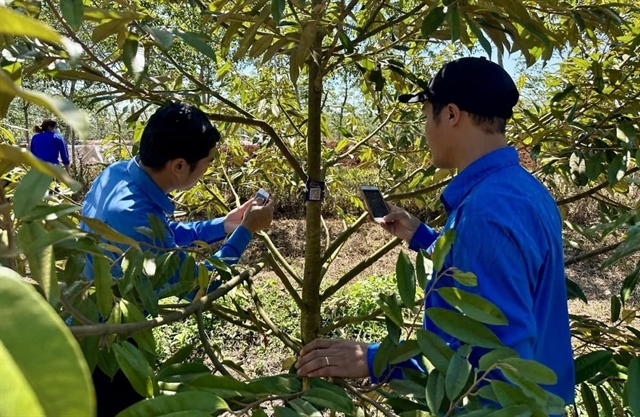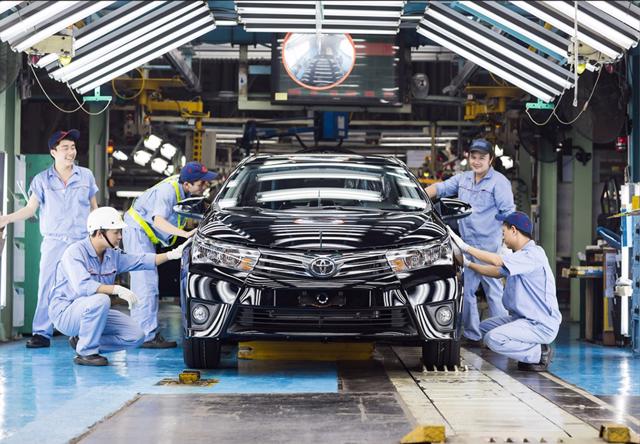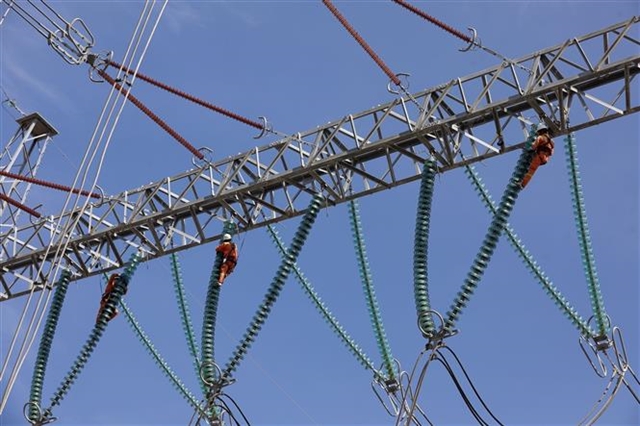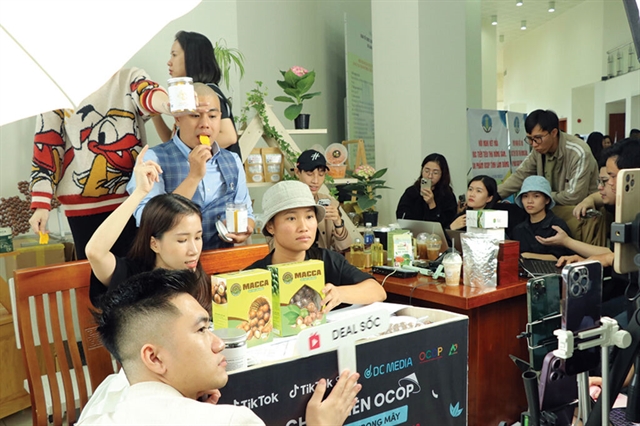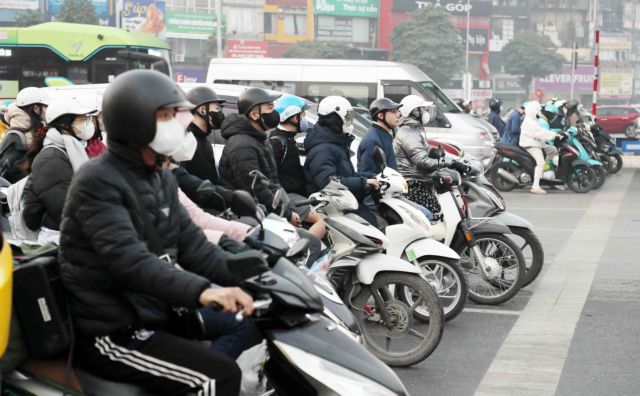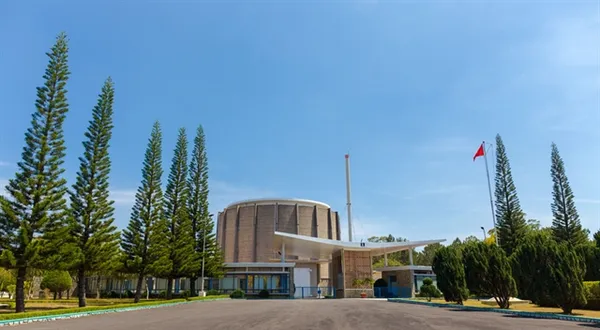 Society
Society
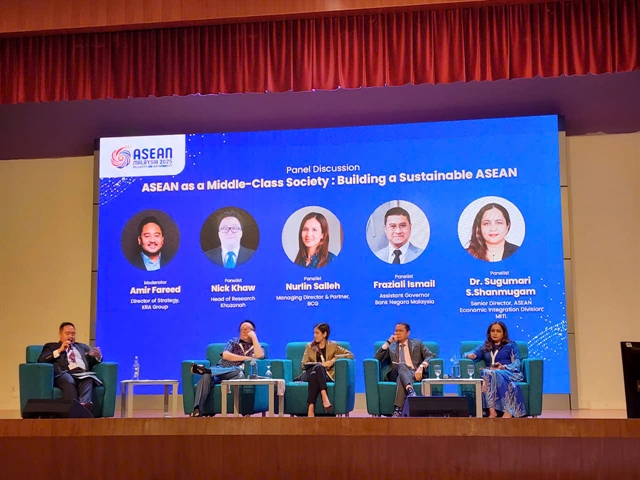
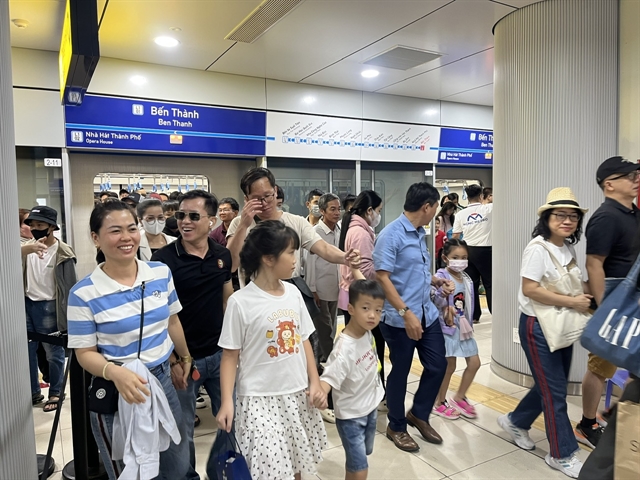 |
| Passengers disembark at Bến Thành station in District 1. The city's first metro commenced operations on December 22, following 17 years of planning and 12 years of construction. — VNS Photo Bồ Xuân Hiệp |
HCM CITY — HCM City is set to develop a 49km metro line connecting the downtown area to Cần Giờ district to synchronise its urban railway network and improve public transportation.
The initiative is part of the city’s revised urban planning by 2030 with a vision to 2050, which has been approved by the Prime Minister.
The line will start at Nguyễn Văn Linh Boulevard in District 7, cross the river, and end at Rừng Sác Road in Cần Giờ District.
The project will be studied and implemented from 2031 to 2050.
In addition to this proposed metro line, the city’s revised plan includes another urban railway line (Line 11) that will utilise ground electric vehicles (tramway) or light rail transit (LRT).
This line will traverse the riverside, linking the city centre to Củ Chi District, with a total length of nearly 49km, slated for investment during the 2031-2050 timeframe.
Cần Giờ, located 50km from downtown HCM City, is the city’s only coastal district, featuring a 23-kilometer coastline and over 71,300 hectares of mangroves and waterways.
Known for its craft villages and cultural festivals, it is a key area for ecological agricultural and cultural-religious tourism.
Under a HCM City masterplan, the city will invest VNĐ282.8 trillion (US$11.14 billion) in Cần Giờ’s tourism by developing a 2,870-hectare urban area in Long Hòa Commune and Cần Thạnh Town.
The project is expected to house over 228,000 residents, attract nearly 9 million tourists annually, and create over 36,000 jobs.
However, transportation from the city downtown area to Cần Giờ remains limited, relying only on Rừng Sác road and the Bình Khánh ferry.
A proposed bridge to improve access has yet to be realised despite multiple proposals.
Metro plan by 2050
HCM City plans to build 10 metro lines by 2050, covering 510 km with an investment of over $67 billion. By 2035, the goal is to construct 355 km of metro to meet 40-50 per cent of residents’ commuting needs.
The city authorities said they would focus on public investment alongside private partnerships to develop its metro system.
Currently, only the inaugural metro line, the Bến Thành – Suối Tiên route, linking Bến Thành Market in District 1 to Suối Tiên Theme Park in Thủ Đức City, is operational.
The 19.7-km metro line commenced operations on December 22, following 17 years of planning and 12 years of construction.
Initially approved in 2007, the project encountered numerous challenges that hindered its completion, including financial difficulties.
In its first week of operation, the line recorded over 900,000 riders, averaging approximately 113,500 passengers daily.
With a total investment of VNĐ43.7 trillion ($1.72 billion), the line comprises 14 stations, three of which are situated underground in the bustling city centre.
In contrast, construction on the second line, Bến Thành – Tham Lương, has only recently commenced, having been approved 14 years prior.
Meanwhile, other proposed lines remain undeveloped.
Việt Nam is known for its dynamic motorbike culture, and its major cities such as HCM City and Hà Nội are currently grappling with worsening traffic congestion.
HCM City's population has increased from 5.3 million in 2000 to over 9.2 million in 2021, causing a rise in motorbike and automobile registrations, straining current traffic infrastructure.
A modern and extensive metro system is expected to address the increasing travel demands of residents and encourage a transition from private vehicle use to public transportation. — VNS

